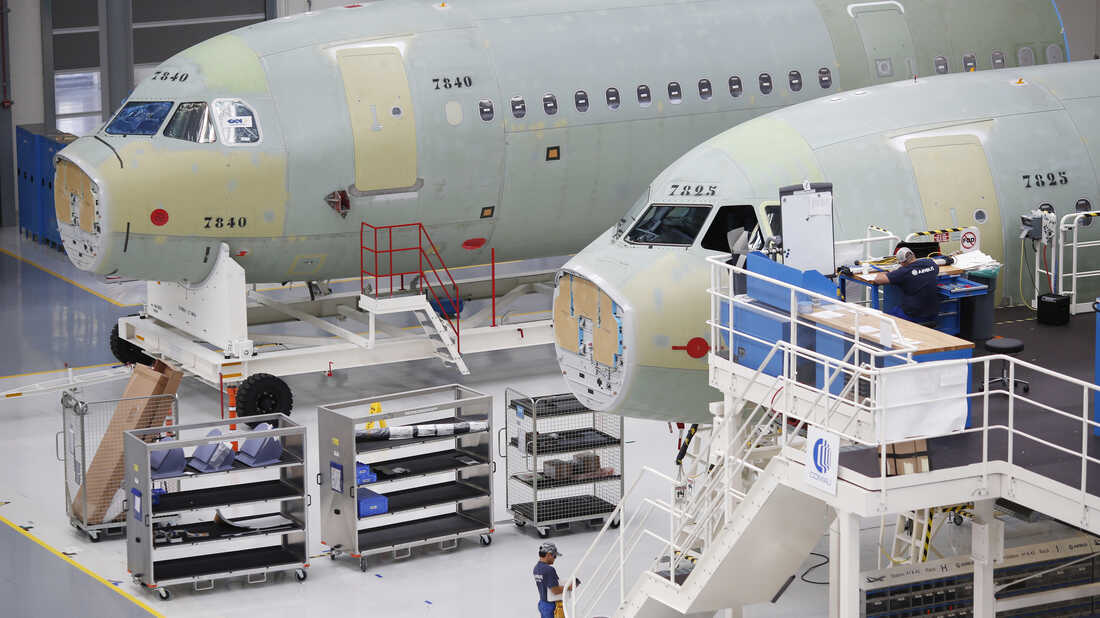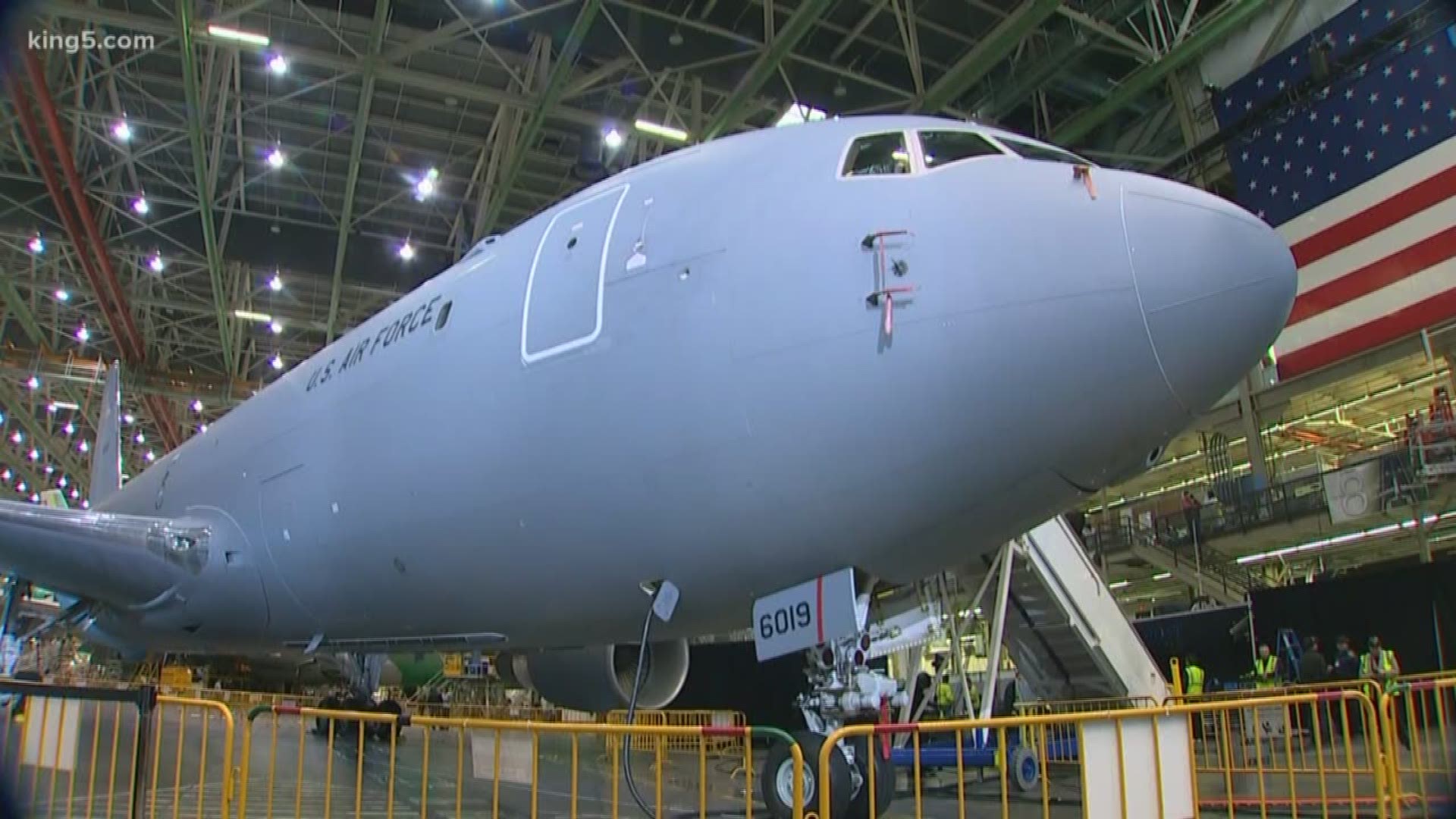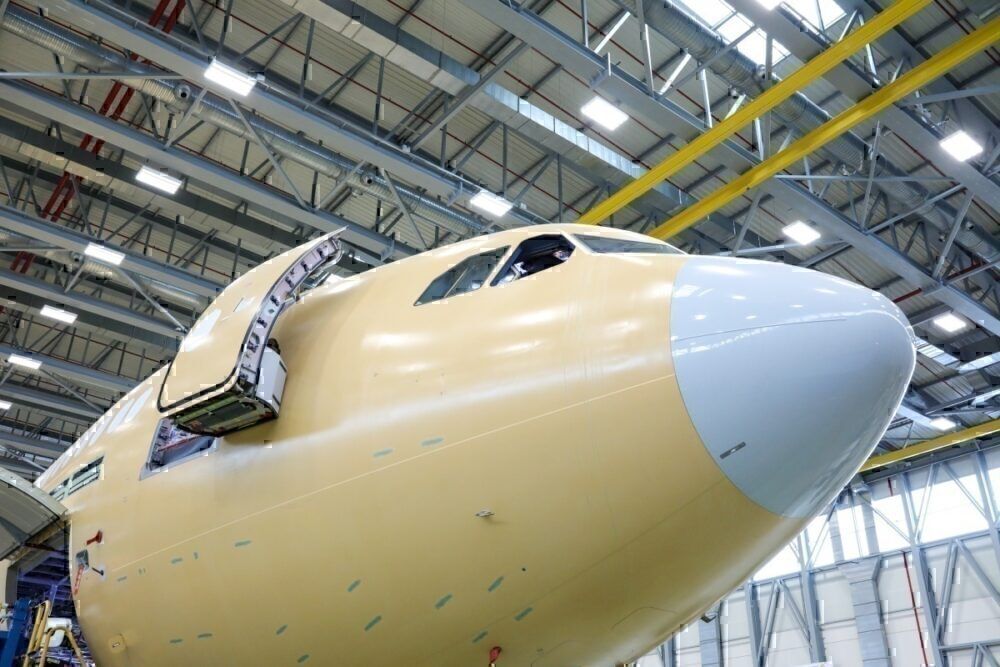
Tremendous Technology Approved, Its Here!
Painting aircraft requires precision, experience, and advanced technology. The process involves much more than just applying a coat of paint. It entails meticulous preparation, the use of specialized equipment, and adherence to strict safety and environmental regulations.
Introduction to Aircraft Painting
When it comes to how to paint an aircraft, the process is complex and considerably different from painting conventional surfaces. Aircraft painting not only enhances the appearance but also protects the surface from corrosion and environmental damage. It is essential for maintaining the integrity and longevity of the aircraft.
Importance of Aircraft Painting
A well-painted aircraft is crucial for several reasons:
- Corrosion Protection: Paint acts as a protective barrier against corrosion caused by environmental elements.
- Branding: Many airlines use paint schemes for branding and to stand out in the marketplace.
- Aerodynamics: Properly applied paint can enhance the aerodynamic efficiency of an aircraft.
Initial Preparations and Considerations
Choosing the Right Materials
Selecting the appropriate materials is crucial in aircraft painting. Different parts of the aircraft might require various types of paints and primers.
Environmental and Safety Regulations
Compliance with regulations concerning environmental protection and worker safety is non-negotiable. Utilizing environmentally friendly paint and ensuring proper ventilation in the painting area are some of the key considerations.
Step-by-Step Guide on How To Paint An Aircraft
Step 1: Surface Preparation
The first step is to clean the aircraft surface thoroughly and remove any old paint. This process usually involves sanding and chemical treatments to ensure the surface is free from contaminants.
Step 2: Masking
All areas that should not be painted, including windows, tires, and other precise parts, are masked off using special tapes and coverings.
Step 3: Priming
Next, a primer is applied to ensure paint adhesion. The type of primer used depends on the materials of the aircraft’s surface.
Step 4: Painting Layers
The paint is typically applied in multiple layers. For commercial airlines, this often includes a base coat followed by the company’s branding colors and designs.
Step 5: Detailing
Once the primary paint job is complete, detailing is done to add logos, symbols, and any specific markings required by aviation authorities.
Step 6: Quality Control and Testing
Finally, the painted aircraft is subjected to rigorous quality control tests to ensure that the paint job meets all required standards.
Technological Advancements in Aircraft Painting
Robotics
Automation through robotics is transforming how aircraft painting is done, allowing for more precision and efficiency.
Advanced Materials
New types of paint materials that are lighter, more durable, and environmentally friendly are being continuously developed.
Cost Considerations
The cost of painting an aircraft can vary widely depending on several factors, including the size of the aircraft, the complexity of the design, and the type of paint used.
Cost Breakdown
- Materials: High-quality paints and primers are expensive, but necessary for durability and compliance.
- Labor: Skilled labor is required for precision in application.
- Equipment: Advanced equipment, including spray booths and safety gear, contribute to the overall cost.
Common Challenges
Aircraft painting is not without its challenges. These include:
- Weather Conditions: Painting often has to be done in controlled environments to avoid contaminants.
- Technical Specificities: Each aircraft may have unique features that require specialized techniques.
Case Studies
Real-world examples can provide valuable insights into the challenges and solutions in aircraft painting. For more, you can read an interesting article on how to paint an aircraft.

Frequently Asked Questions
- What type of paint is used on aircraft? Special aviation-grade paints designed for durability and weather resistance are used.
- How long does it take to paint an aircraft? The process can take anywhere from a few days to several weeks, depending on the size and complexity.
- Why is priming important? Priming helps in paint adhesion and provides an additional layer of protection against corrosion.
